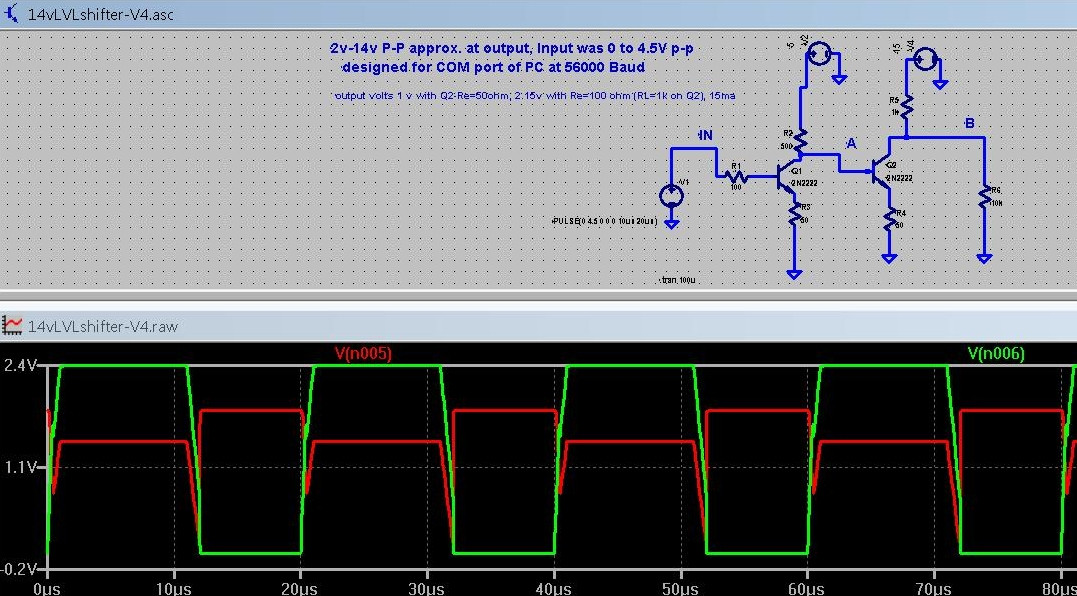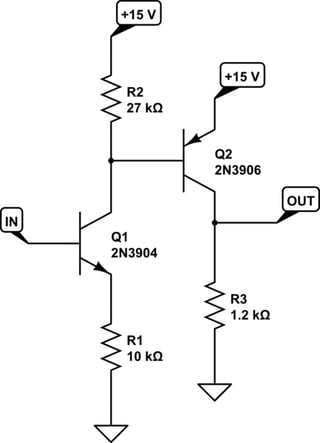The 'hook' is caused by Base current flowing through the Emitter resistor, which raises the Emitter voltage and prevents the Collector from pulling down to 0V.
To understand how this happens, consider this (grossly) simplified circuit where the transistor is replaced with a diode and switch simulating the Base-Emitter and Collector-Emitter junctions:-

simulate this circuit – Schematic created using CircuitLab
When Vin rises above ~0.6V the transistor is turned on (SW1 closed) but Vout only goes down to 0.45V because the current flowing through R3 also goes through R2, forming a voltage divider with a ratio of (500+50)/50 = 11:1. This is the condition when there is just enough current going into the Base to turn the transistor on.
The transistor has a high current gain so its Base current is initially very small and does not significantly affect the voltage on R2. However as the input voltage rises it injects more current through D1 into R2, increasing the voltage across R2 and raising the output voltage even higher.
If the value of R1 is increased then current injected into the Base is lower and the 'hooks' get smaller, but Vout can never go below 0.45V. To get the lowest possible output voltage you must reduce R2 to 0Ω. Even then there will still be some voltage drop due to the transistor's internal Emitter resistance, so you should also increase R1 to reduce Base current (it only needs to be a fraction of the Collector current, not 3 times higher!).
Of course a transistor is more than than just a diode and switch, so your waveform has other characteristics that are not explained by this simplified circuit. The transistor amplifies current current linearly so it doesn't turn on and off instantaneously. It also has internal capacitances which slow down the switching action and allow the input to feed through during transitions. This explains why your 'hooks' momentarily reach 0.2V when the input goes low, and don't quite reach 0.45V when the input goes high.
If you reduce the input frequency and increase transition times then capacitive effects are reduced and the output waveform will become more symmetrical. Also note that with Trise and Tfall set to zero LTspice will make the transition times proportional to the total period. To control transition timing you must set Trise and Tfall to specific values.












